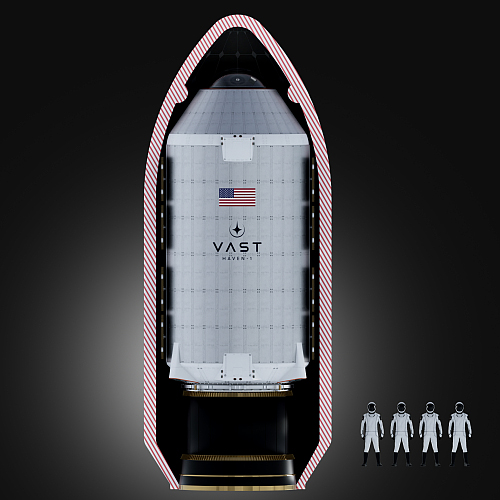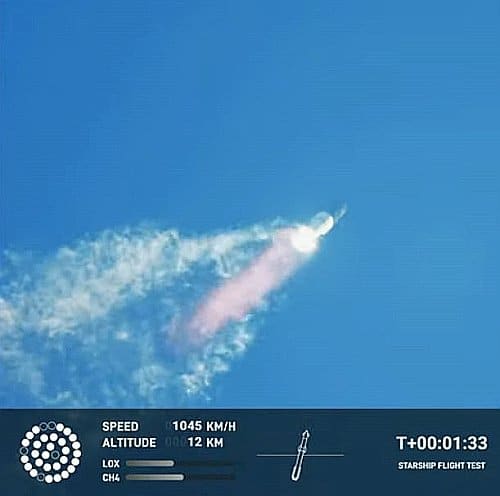SpaceX successfully launches another 51 Starlink satellites
SpaceX today successfully launched another 51 Starlink satellites, using its Falcon 9 rocket lifting off from Vandenberg Space Force Base in California.
The first stage successfully completed its third flight, landing on a drone ship in the Pacific. Both fairings completed their second flight in space.
The leaders in the 2023 launch race:
30 SpaceX
17 China
6 Russia
4 Rocket Lab
American private enterprise now leads China 34 to 17 in the national rankings, and the entire world combined 34 to 29. SpaceX by itself trails the entire world, including other American companies, only 30 to 33 in launches this year.
SpaceX today successfully launched another 51 Starlink satellites, using its Falcon 9 rocket lifting off from Vandenberg Space Force Base in California.
The first stage successfully completed its third flight, landing on a drone ship in the Pacific. Both fairings completed their second flight in space.
The leaders in the 2023 launch race:
30 SpaceX
17 China
6 Russia
4 Rocket Lab
American private enterprise now leads China 34 to 17 in the national rankings, and the entire world combined 34 to 29. SpaceX by itself trails the entire world, including other American companies, only 30 to 33 in launches this year.






